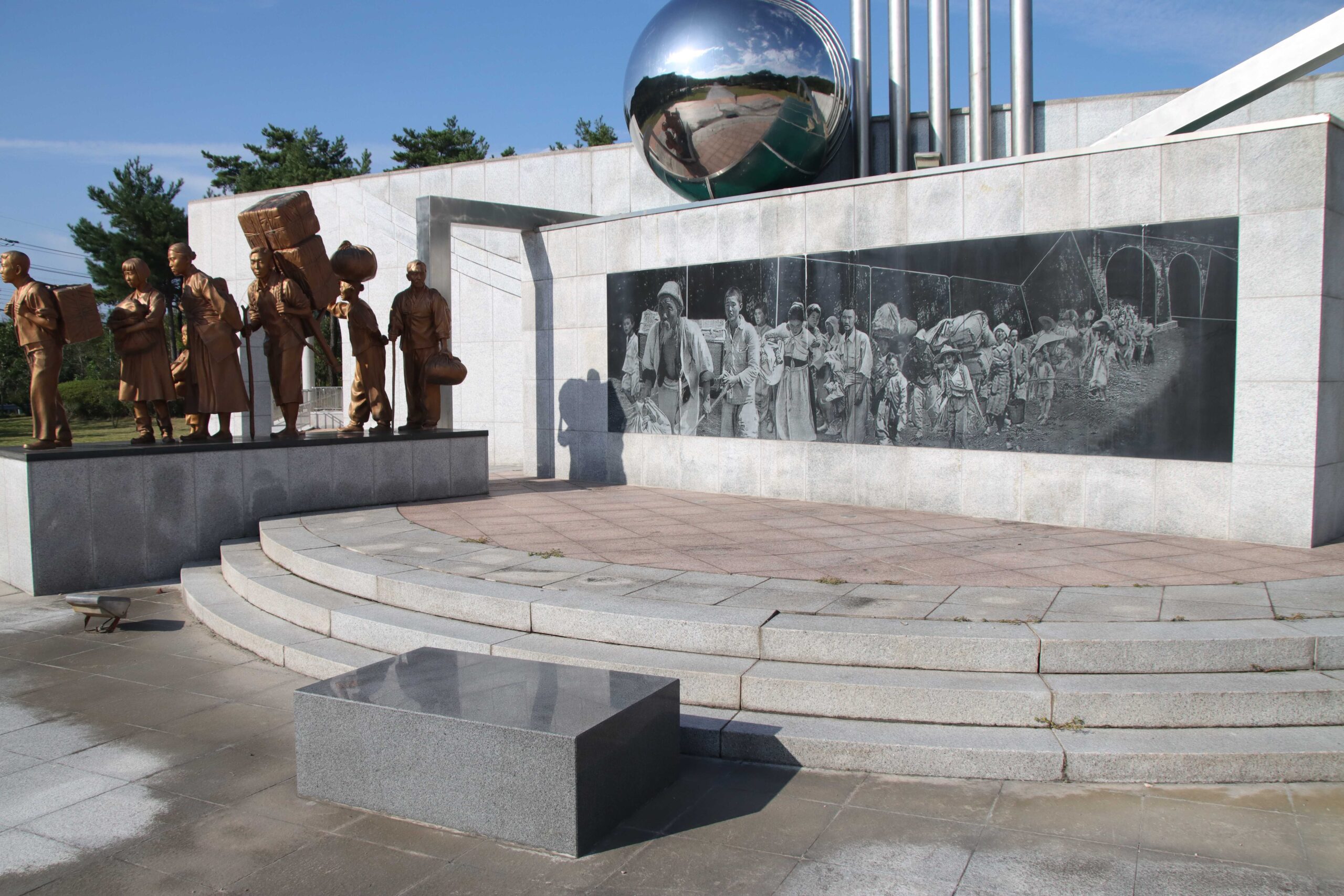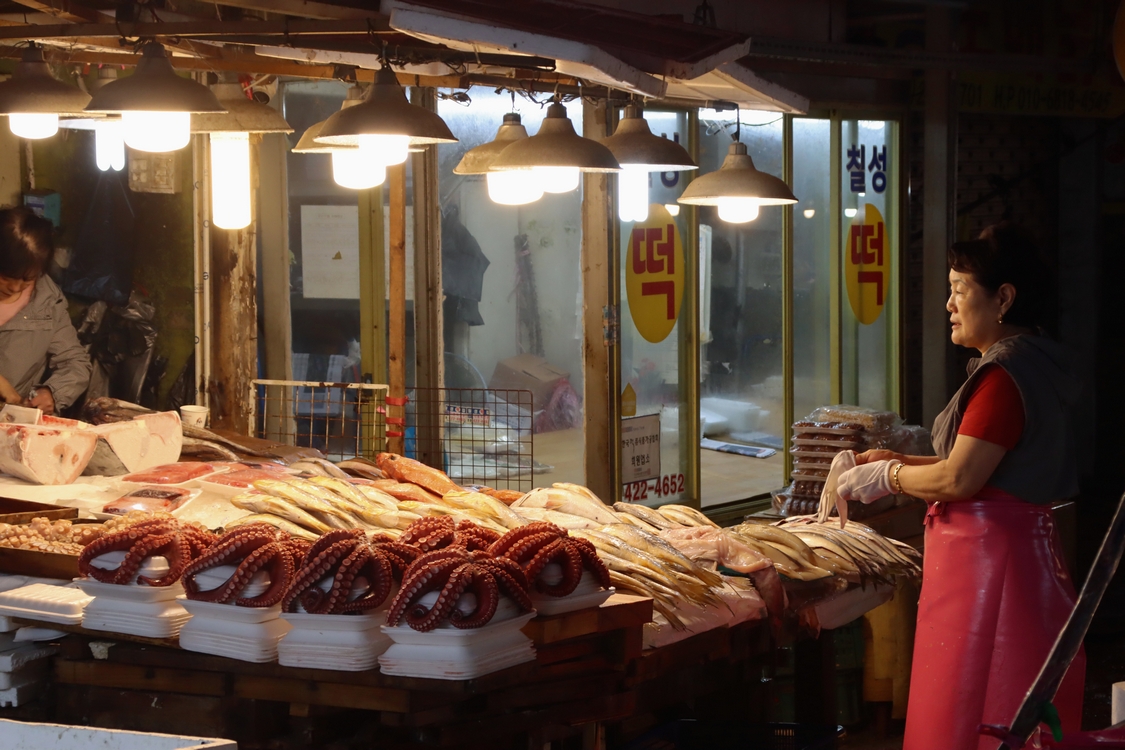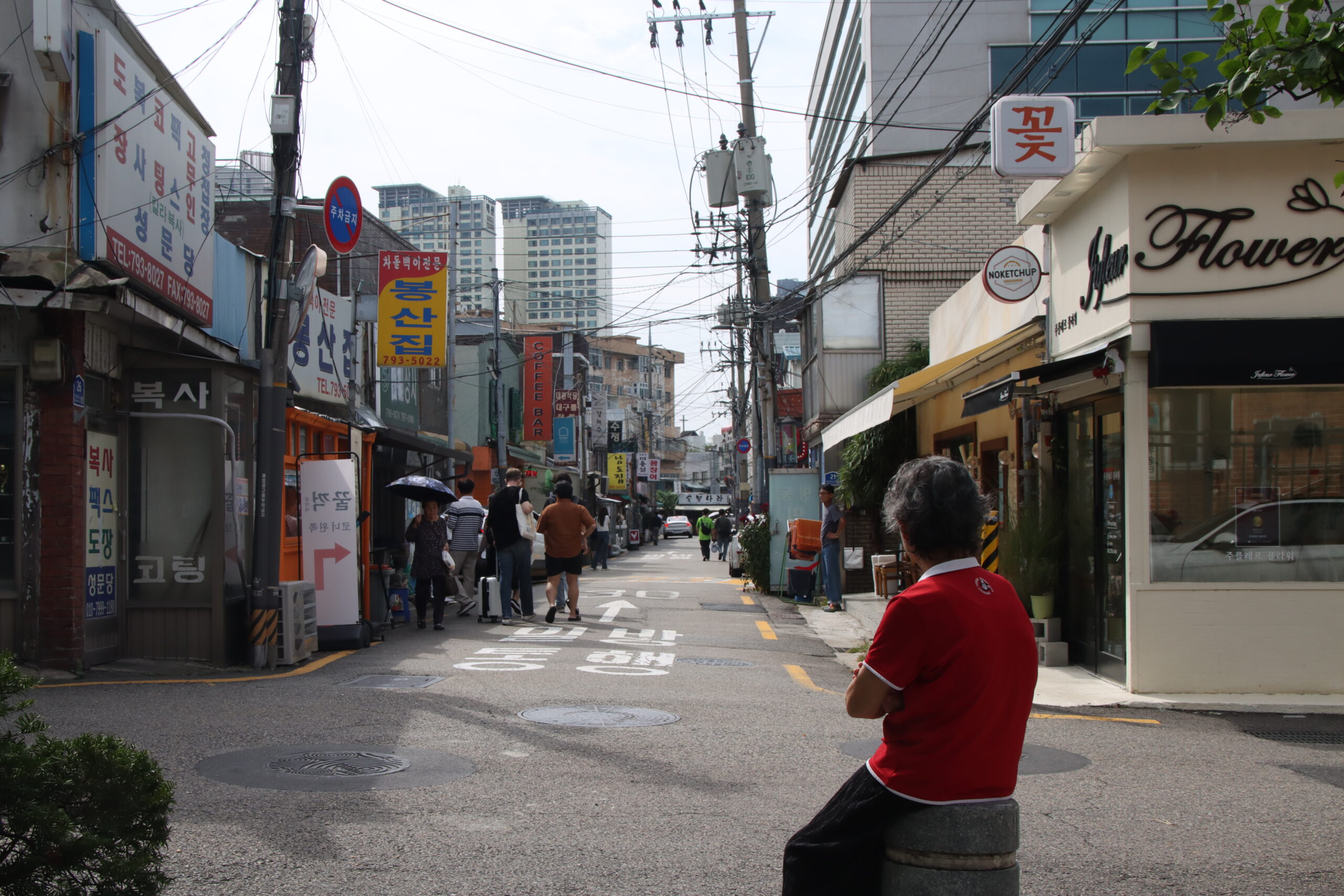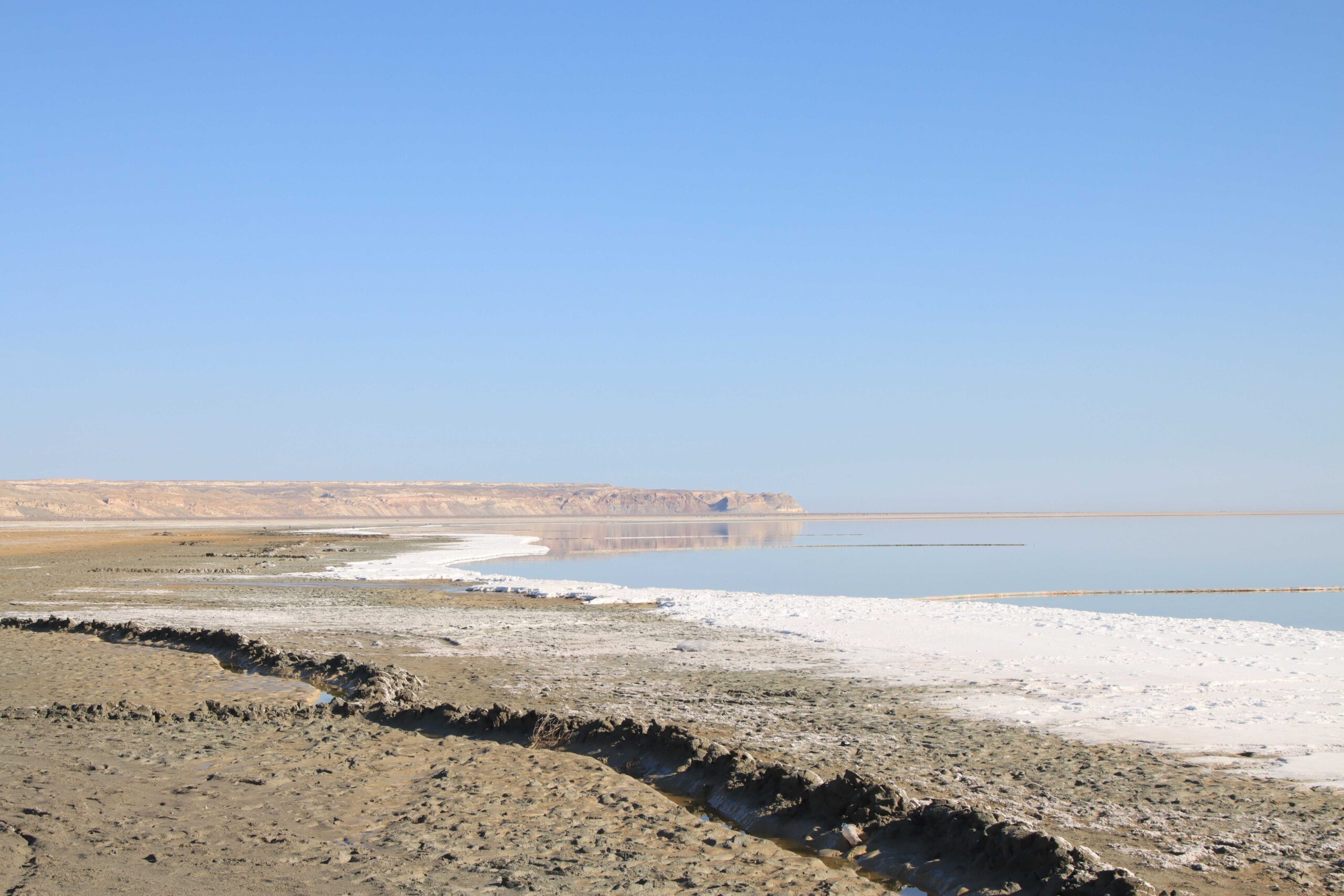In July of 1950, the 7th Cavalry Regiment of the US Army massacred around 400 innocent South Korean refugees as part of the worst wartime targeting of civilians, in my opinion, our army ever committed post WWII. To tell the beginning of the story with the tragedy which came at the end, it would take 50 years for the survivors to be told that it was “terribly regrettable” and, conveniently, that no one was to blame.
The ink on the UN’s Universal Declaration of Human Rights was barely dry when General MacArthur’s favored “Cav” became the first of a number of US combat subdivisions who would commit appalling human rights violations and get away without so much as a dishonorable discharge. The massacre for which I’m referring to today occurred near a small town called No Gun Ri in what is today central South Korea. Two villages—dozens of farming families amounting to some 400 people, had just the night before been forced from their homes by American GIs and commanded under threat of violence to flee east, at the same time that regimental officers were beginning to institute orders from theater commanders that refugees were not to be allowed to cross US battlelines for fear they might include North Korean infiltrators.
The 7th Cavalry—the same that massacred the plains Indians at Wounded Knee, and who would go on to massacre more innocent people in the course of attempting counterinsurgency during the occupation of the Philippines before this episode at No Gun Ri—took position on either side of a valley which I have now walked across. I would doubt it’s more than 200 yards at the widest point, and just a few yards from the northern slope there lies a concrete trestle bridge built by the Japanese during the imperial colonization of the peninsula. As the families sought shade from the dry summer heat, the 7th Cavalry, in the late morning on the 26th of July, having not engaged in combat with the North Koreans for over 24 hours, opened fire upon these 400 or so farmers, including their pregnant women, children, elderly, pack animals, and infants, with small arms fire, mortars, and tracer rounds after US Air Force fighter bombers strafed them while they rested along the stream which ran under the bridge’s parallel tunnels
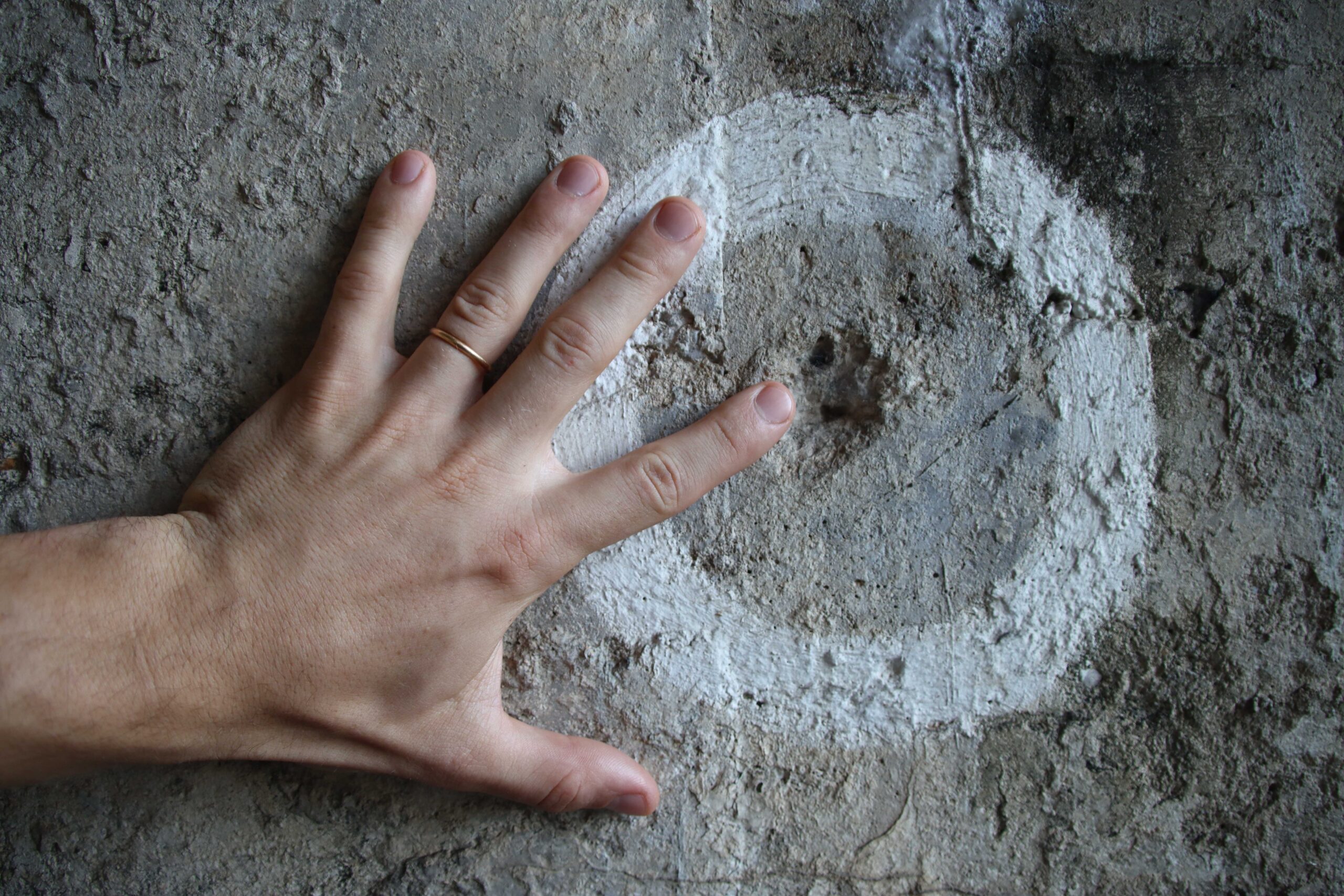
After dozens were slaughtered in the initial outbreak, survivors scattered around the valley and were shot down without mercy, but the larger part fled under the concrete bridge—which I have now walked under—it’s about 35 paces from one opening to the other. There the GIs fired on them stop-start for 3 days, slowly killing, wounding, and driving insane the dozens of people hiding inside. For 3 days, in perfect cold blood, these corn-fed, brain-dead followers of orders held their position without any engagement with the North Korean enemy, and amused themselves by slaughtering the citizens of the nation they had ostensibly come to protect. The horrors recorded by the survivors from under that bridge will not be mentioned here, but you can rest assured they wouldn’t look a toe out of place in Saw or the Texas Chainsaw Massacre films.
The statements collected by AP from surviving members of the 7th Cavalry who took part in the massacre could have come right from the Adolf Eichmann or Nuremberg trials—with these monsters in olive drab talking about “just following orders”. AP eventually broke the story some 49 years after the guns finally fell silent at No Gun Ri, after which the DoD conducted an “investigation” in which, again, coincidently, no individual order-givers could be found who were responsible for commanding these order-followers to slaughter these people slowly over the course of 3 days and nights. The investigation also left out key data points that AP found during its own investigation, for example that the regimental log from that day, July 26th, was mysteriously absent. The Pentagon concluded, without a word of exaggeration in paraphrase, that the No Gun Ri massacre was “just one of those things”.
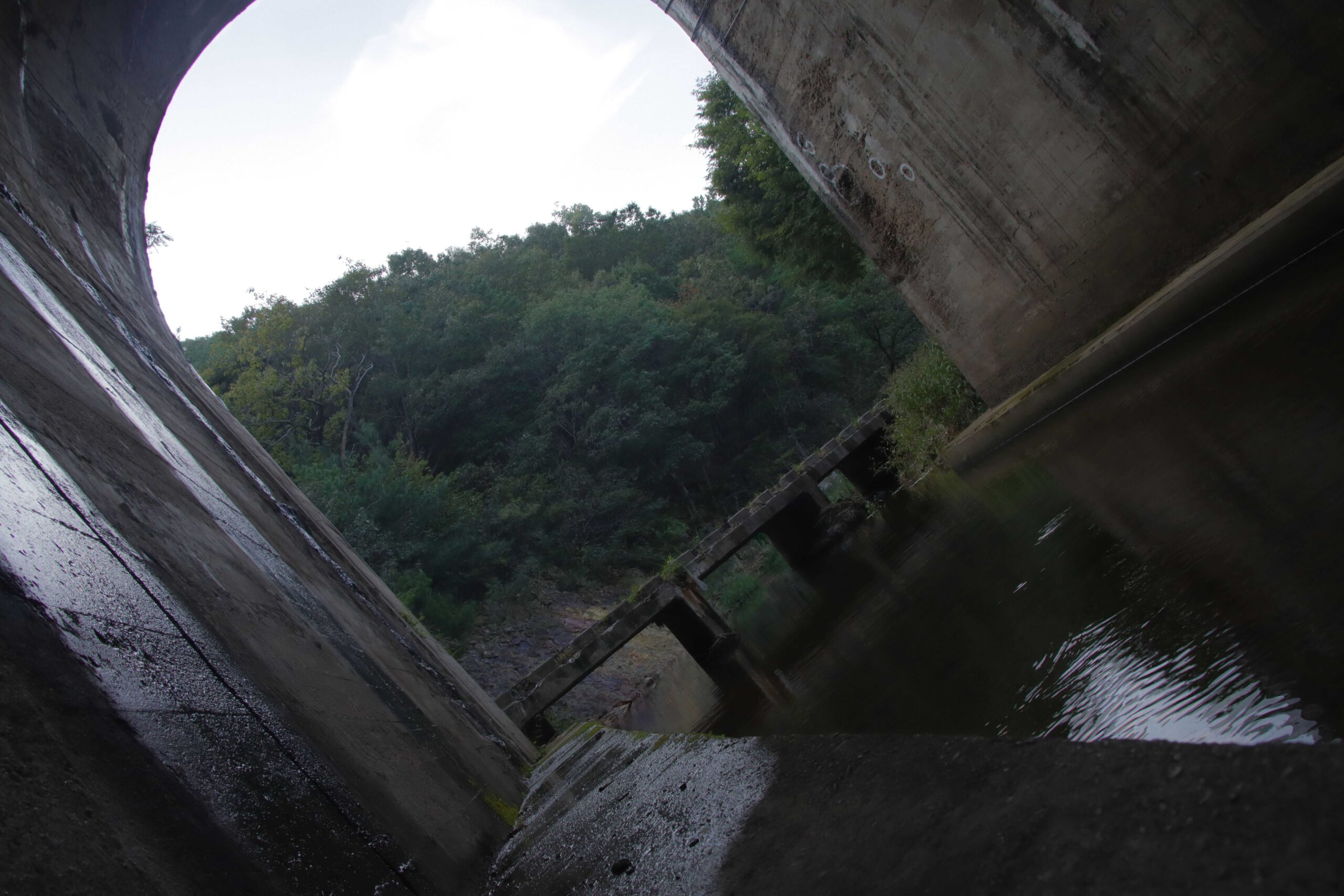
Now I brought this massacre up to the few South Koreans whom I could speak to about the war, and rather than addressing it, there was a knee-jerk reaction to thank me on behalf of my people for our sacrifice in defending them from the Northerners. And while I didn’t want to push them over it, it reminded me of the famous historical podcast series on the Mongol conquests of the Middle Ages published years ago by Dan Carlin on his Hardcore History stream. In it, Carlin recounts an interaction he remembered from his military history class at university, taught by a Chinese-American. Carlin submitted a research paper on Mongol military tactics, which received a whole grade lower than he expected, because his professor found it unprofessional that Carlin didn’t address what it was the Mongols’ used those military tactics to do; namely to massacre some 35 million people across Eurasia; to massacre entire cities or erase entire ethnic groups.
Reflecting back on this lesson from his school days, Carlin said that Mongol conquests are often looked at today with a lens of historical revisionism that focuses—too much, he feels—on all the ‘benefits’ Genghis Khan and his horsemen brought to Eurasian geo-political and economic structures. He said that historians today should not position themselves as having a right to make a judgement call on the positive-negative impact of the Mongols: they didn’t have to pay the bill for that geo-political and economic change. The only people who could make that determination were those who had to pay—who paid with everything.
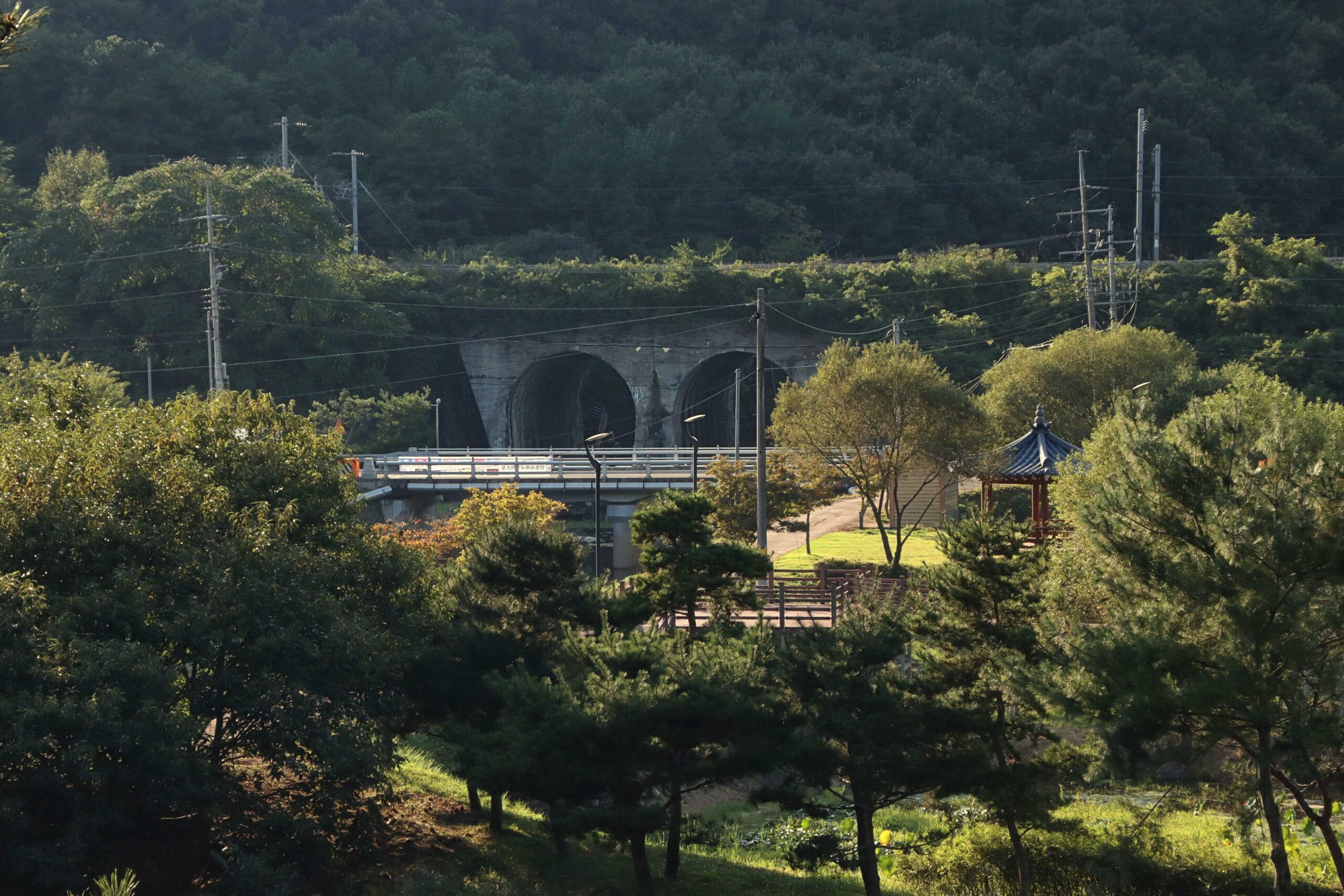
I couldn’t help but think of this lesson from history when I scrambled through secondary growth on a hillside to see if I could determine where the machine gunners sat who fired into the tunnel at No Gun Ri from the southern side of the valley. It was at least 100 yards away, which means that those gunners were the ones who ignored the pleading of two children who had escaped the massacre by fleeing to the hills and who encountered the GIs firing on their family members. I discovered that the gunners would have been able to see a large portion of the eastern-most tunnel, but the tunnel on the western side would have had maybe a dozen yards of space their bullets couldn’t reach. There would therefore have been some golden medium for those in the western tunnel, where soldiers on either hillside couldn’t hit the survivors inside. But the tunnel over the stream would have been far more deadly.
Do the lights and towers in Seoul and Busan owe their steel and concrete to the boys who died preventing South Korea from falling into the hands of the communists? Were the deaths of those 400 or so villagers, some just weeks old, worth those lights and those towers? Or the three-hundred or so refugees who were blown up by Americans when they tried to cross a bridge over the River Naktong? The Koreans I spoke to seemed to think that the prosperity they enjoyed was a direct result of American sacrifice, which by extension, I guess, would mean it was worth the sacrifice of those villagers.
But neither they nor I are the correct ones to make that determination. It would have to be made by the ones who had to foot the bill, the ones who paid—who paid with everything. WaL
PICTURED ABOVE: The memorial at No Gun Ri. PC: Andrew Corbley ©
